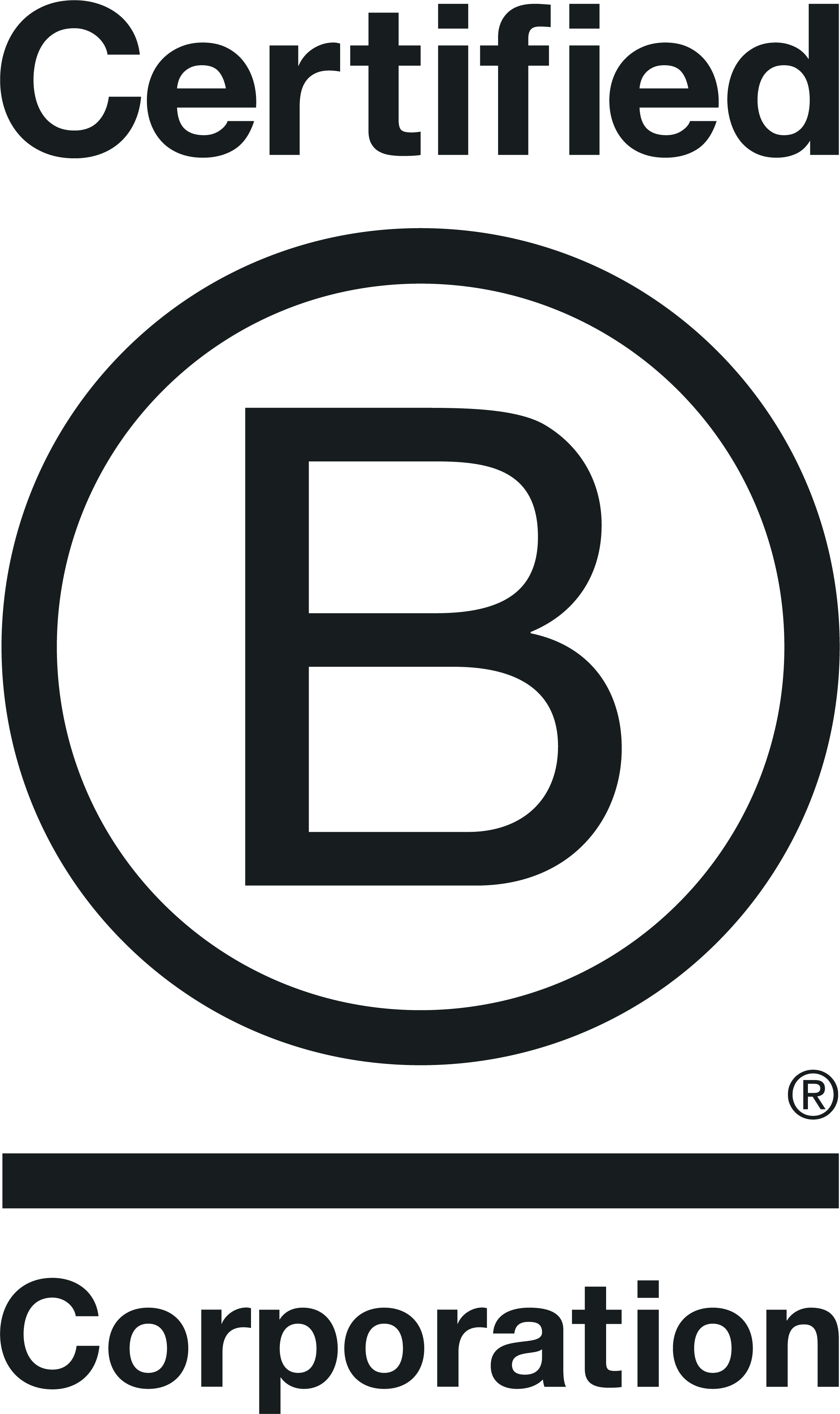“To be offline today is to be excluded from opportunities to learn and earn, to access valuable services and to participate in democratic debate.” ― Sir Tim Berners-Lee [1]
“Are you sure those colours have enough contrast?” “That font size is too small.” “That image needs an alt tag”.
Fortunately, I work with colleagues and clients that champion accessibility, where constant questions and comments like these are seen as the norm, not nagging or nitpicking.
We constantly strive to meet Web Content Accessibility Guidelines (WCAG) AA [2] as a minimum on all our digital content. But is that enough? We don’t believe so.
These guidelines ensure that content is more accessible to a diverse range of people, accommodating for a variety of disabilities and limitations. They stop your content being inaccessible, but improving your website’s accessibility is so much more than a checklist of dos and don’ts.
Can you provide content in an alternative format to cater to different needs?
Is the page distraction free, for those who need it to be.
What’s the evidence that swapping out the hamburger menu icon will be an improvement, over the more trusted convention?
Why is all the imagery and content on that page so gender-specific? Will it alienate other demographics?
Why is the skip link so far through the page order?
What is the user is in a crisis and needs to find that content now?
Identifying questions like these, along with testing solutions and improvements is indicative of a broader definition and understanding of accessibility. It’s about true inclusion.
Doing it well and holistically requires a broad set of skills. You need more than the core skills of a Developer, Designer and QA. You need access to a diverse range of experience, perspectives, abilities and psychological insights.
Yes, checklists and guidelines are important and need to be adopted more widely, but fundamentally, a wider understanding and definition of accessibility is needed throughout the industry.
Ultimately, it’s about nurturing a culture of seeking to understand the needs of diverse users through all aspects of content, design and build.
[1] https://webfoundation.org/2018/03/web-birthday-29/
[2] Web Content Accessibility Guidelines (WCAG) 2.2 covers a wide range of recommendations for making web content more accessible. https://www.w3.org/TR/WCAG22/

